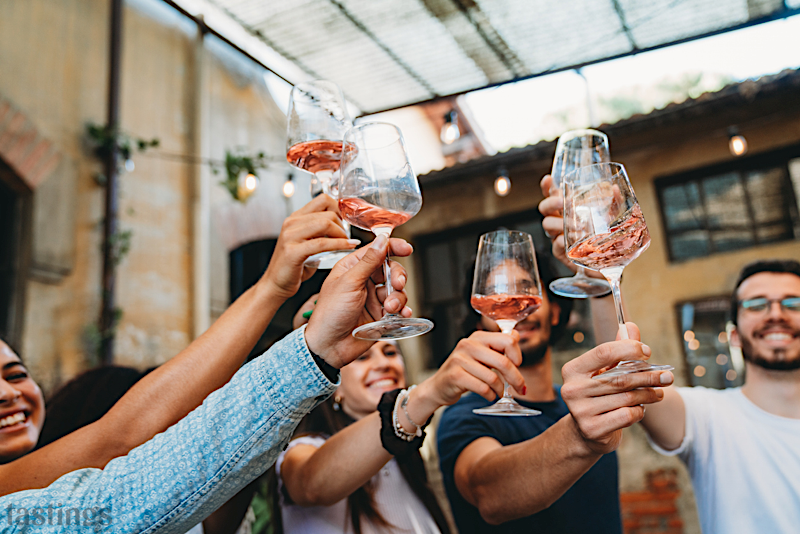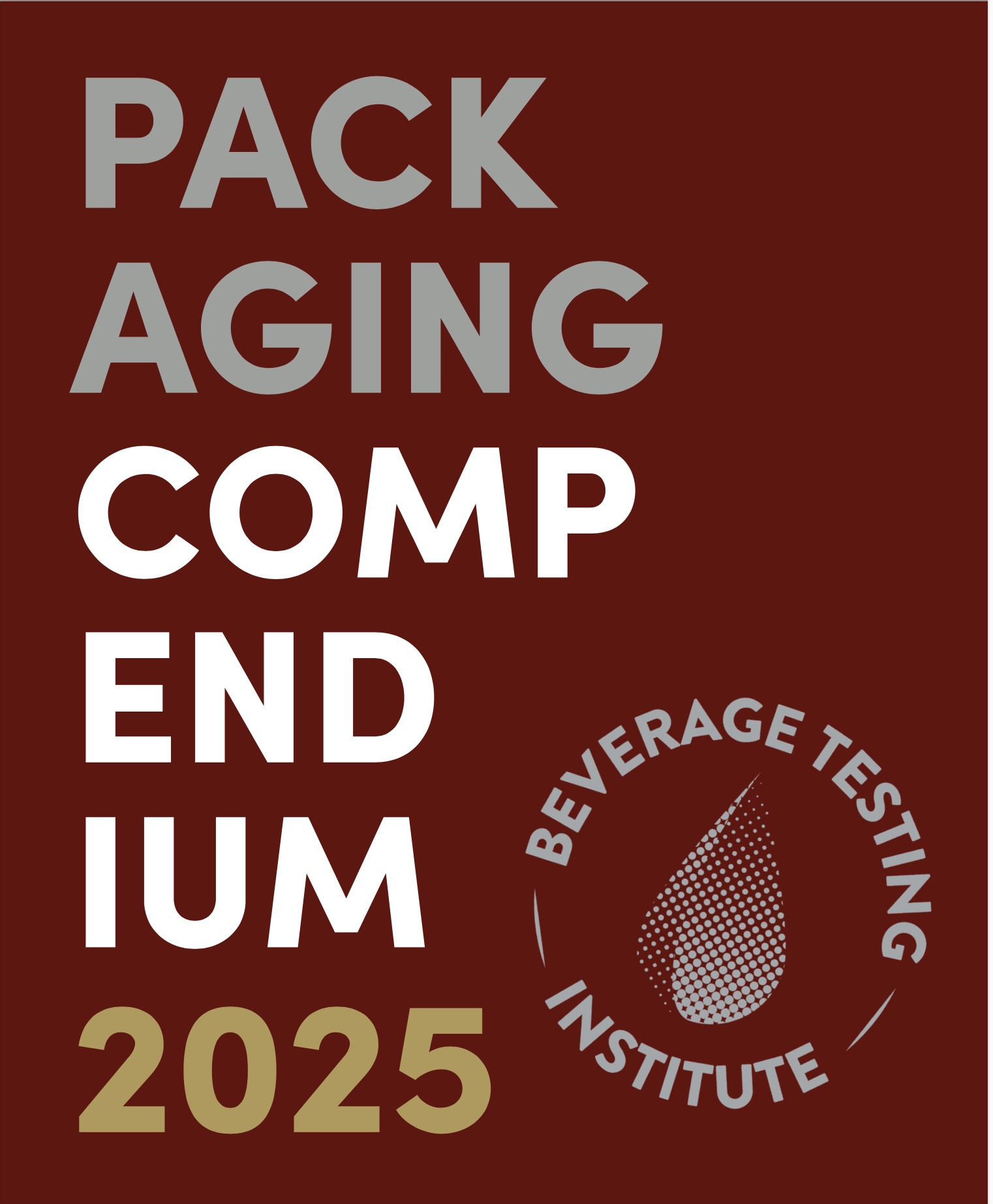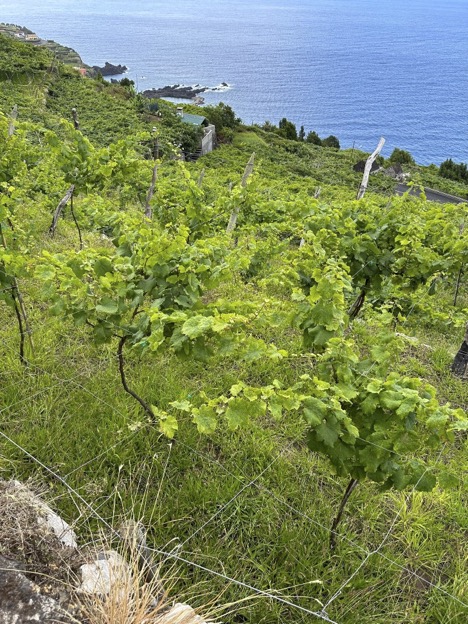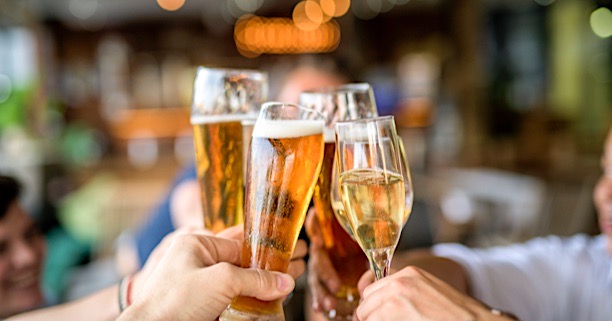Many say that America hit “peak rosé” in 2017. You may remember when everything seemed to take on a rosé hue, from gummy candies and cupcakes to fun runs (Run for the Rosé!), fashion accessories and of course frosé – the sippable, slushy drink that was the rosé rage at smart restaurants and bars.
Since that blooming of attention, rosé wines have wilted a little bit, instead becoming a wine that people drink year-round, and not just in the summertime. Still, though, spring is when the newest vintages of rosés debut, so let’s take a stroll down the pink path and see how rosé has settled into its place on store shelves and wine lists.
A Brief History
Rosé has been around for millennia, and first entered the American consciousness in the 1950s in the form of Mateus and Lancers. These were sweeter “gateway” wines that enjoyed some popularity for a decade or two.
But over time, Americans got more savvy about wine, and these brands were rejected for being of poor quality, when compared to the Italian and French wines that were being poured at dinner parties and restaurants throughout the 1960s and ‘70s.
But watch out – here comes 1972, and Sutter Home’s White Zinfandel, famously created after a stuck fermentation resulted in a pink wine with high sugar levels. All of a sudden, pink wine took on a new level of popularity. It was sweet, light, pink and people went mad for it.
Fast forward to 2010: White Zin was in our collective rearview mirrors (though it hadn’t entirely disappeared), as a flood of high-quality rosé wines started coming in from Europe – especially Provence, rosé’s global HQ. Today, rosé wines are about 10% of still wine consumption, so when added with white wines this is more than half of all wine consumed globally. Rosé wines are being made in virtually every wine region around the world – and people are drinking them practically all the time.
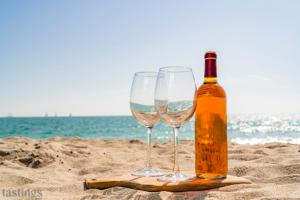
Rosé Today
Melissa Zeman, owner of Bottles Up! in Chicago, has been stocking rosés year-round since she opened her shop in 2019. “I remember on one of the snowiest days of the year, I sold just as much rosé as red wine,” she says. “People are realizing that pink wine is not just great on a patio in summer, but also great for a variety of foods during any season. We’re in a big BYOB neighborhood with Thai, sushi, ramen, and Mexican restaurants and rosé is always a great pairing.”
As the wine-producing world saw Provence rosé emerging in the early 2010s, winemakers made conscious decisions to add rosés to their own portfolios. Today, it’s as easy to find a New Zealand rosé of Pinot Noir or Spanish rosado of Tempranillo as it is a bottle of Aix rosé form France. And Jon Bon Jovi’s son, Jesse, made a splash in 2019 with the launch of Hampton Water Rosé, made in partnership with famed Languedoc producer Gerard Bertrand.

Rosés Leading the Way
While the proliferation of rosés made around the globe has led to more choices for consumers, France’s Provençe region still reigns supreme. “Affordable Provençal rosé will always be a top request,” adds Zeman. But she continues, “I’m seeing more people be more exploratory, choosing Malbec rosé from Argentina, rosés from California, Oregon and New York, Sancerre rosés, dark-hued Spanish rosés and pink pet nats.”
Wine educator and influencer Marie Cheslik of Slik Wines points to Cerosuolo from Abruzzo as one of her own favorite rosés. “I love darker-hued rosés,” she says, noting, “the darker the berry, the more intense the flavor.”
Barbara Glunz, owner of Chicago’s oldest family-owned wine shop, House of Glunz, says French rosé is still the most popular. “My son Christopher created our own brand of Provence rosé with a Provençal producer. We call it Sunday Rosé and it is a very fast mover in our shop at under $20 a bottle – people love it.”
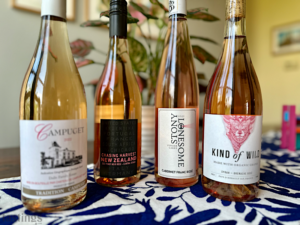
While rosé has seemingly cemented its place as a regular, year-round wine option, its growth trajectory seems to be normalizing. TJ Evans, winemaker at Napa Valley’s Domaine Carneros predicts a slight contraction in the rosé market as it finds its place as a permanent category. “If you have 36 SKUs of rosé, maybe you should have more like 12 or 15,” he says. “There’s little value in most older vintages, so retailers want to sell through inventory,” he adds.
While it’s true that the majority of rosés are intended to be drunk young and fresh, there are a few that can age up to two or three years and taste wonderful. French rosés made from Mourvèdre – especially those made in the Tavel AOC in the Southern Rhône Valley – are renowned for their ageability.
Similarly, Bandol AOC in France’s Provence region is known for turning out some stunning rosés that can last five years in a cellar and improve with age – most notably Domaine Tempier Bandol rosé. Of course, these wines come with a higher price tag, ranging from $45 – $ 70.
Whether $15 or $50, from France or the Finger Lakes, most wine drinkers agree that it’s a wonderful world with more rosé in it – spring, summer, fall and winter.

